Content
Amino acids are involved in important processes in the human body. They are differentiated as replaceable and irreplaceable, coming exclusively with food. The amino acid lysine is present in products of various groups related to both plant and animal sources.
The effect of lysine on the body
The substance is found in a significant amount of proteins. The amino acid ensures adequate functioning of the body.
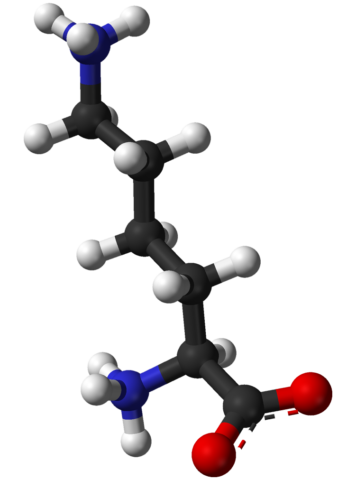
Lysine contributes to the normal absorption of dietary proteins. Amino acid deficiency causes their lack in the body. An irreplaceable compound affects the growth of muscle tissue. The substance is involved in the synthesis of collagen. The connective tissue component supports the health of the immune system.
The lack of a balanced diet leads to a lysine deficiency, which affects the functioning of organs and systems. Amino acid deficiency is often observed in vegetarians.
The following beneficial properties of lysine are called:
- elimination of high cholesterol levels due to the synthesis with the formation of carnitine in the liver;
- strengthening of bone tissue by slowing down the excretion of calcium;
- antiviral effects, for example, the suppression of herpes diseases;
- protection from stress due to anti-anxiety effect;
- pain relief and anti-inflammatory qualities;
- prevention of pathologies of the heart and blood vessels, in particular angina pectoris.
The main functions of the amino acid are distinguished:
- participation in the absorption and accumulation of calcium;
- regulation of the level of serotonin, which is the hormone of joy;
- fat metabolism, influence on the process of weight loss;
- collagen synthesis;
- a decrease in the concentration of low density lipoproteins;
- enhancing the production of antibodies necessary for immunity;
- improving concentration and memory.
Lysine promotes tissue repair after surgery. The substance has a positive effect on the condition of the bone tissue.
Daily requirement
The intake rate in the body depends on age and weight. It is known that the need per day is 23 mg per 1 kg of body weight. This figure rises to 170 mg in children during periods of active growth.
The calculation also takes into account the following factors:
- active sports;
- male sex and adulthood;
- vegetarianism.
Signs of shortage and excess
Elevated amino acid levels are not common. An excess of lysine can occur with nervous exhaustion, unbalanced nutrition.
Amino acid deficiency is accompanied by:
- depression;
- exacerbation of herpesvirus infection;
- weight loss;
- fragility of bone tissue;
- an increase in the blood vessels of the eyeballs;
- frequent headaches;
- decreased appetite.
The lysine content in foods is controversial. If there are signs indicating a lack of a substance, you should pay attention to the diet.
Digestibility
The substance is absorbed with a sufficient level of the following vitamins:
- AND;
- FROM;
- IN 1.
The indicators of bioflavonoids, arginine and iron are important. This must be taken into account when drawing up a diet.
Table of lysine content in food
The amino acid has important functions in the body. Experts recommend including foods high in lysine in the diet, which are reflected in the table:

Where is lysine contained, in which products
Amino acid is one of the essential substances. To fill the need for lysine, you need to pay attention to the following foods:
- dairy products;
- meat;
- eggs;
- a fish;
- fruits and vegetables.
What foods contain a lot of lysine
The amino acid is found in food. Foods that contain high amounts of lysine include:
- Milk... The assimilation of amino acids in the body is influenced by vitamins (B1, D, B2, B4, H, B5, PP, B6, B12, folic and ascorbic acids). From micro- as well as macroelements called magnesium, calcium, potassium, phosphorus, iron, manganese, zinc. Nutritional value per 100 g is: proteins (3 g), fats (2.5 g), carbohydrates (5 g).
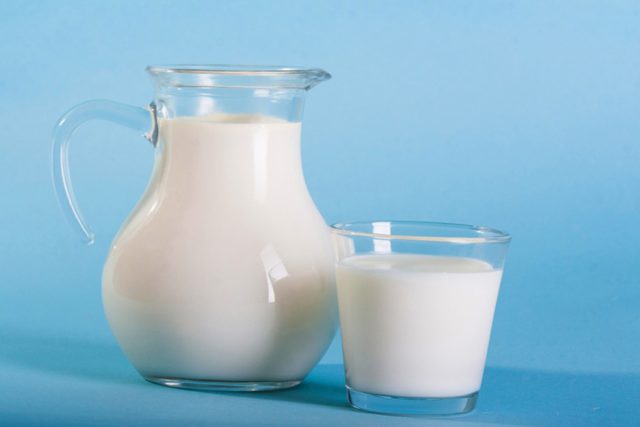 The product is useful for the immune, musculoskeletal, digestive, nervous and reproductive systems
The product is useful for the immune, musculoskeletal, digestive, nervous and reproductive systems - Cottage cheese... This valuable product contains more nutrients than milk. The product includes proteins, vitamins (A, C, E, D of group B), minerals (phosphorus, calcium and iron in significant quantities). Cottage cheese is easily absorbed, has a positive effect on bones and teeth, digestive tract, lungs, kidneys and heart.
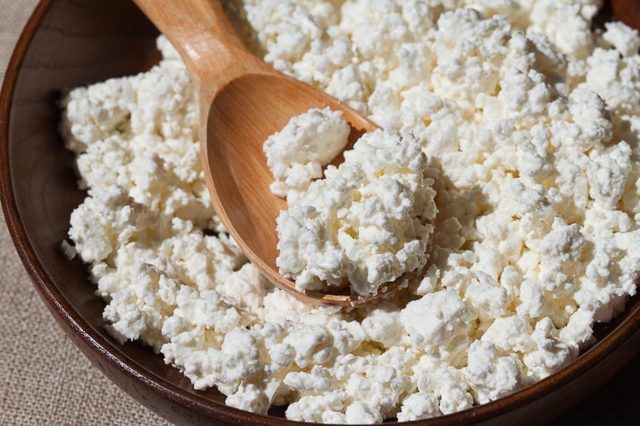 Essential Proteins Can Be An Alternative to Animal Sources
Essential Proteins Can Be An Alternative to Animal Sources - Chicken eggs... The product is rich in the following nutrients: retinol, thiamine, riboflavin, folacin, cholecalciferol, cobalamin, calcium, magnesium, iron, zinc, phosphorus. The proteins included in the composition include: ovomucoid, ovalbumin, ovomucin, lysozyme. The yolk contains polyunsaturated, monounsaturated and saturated fatty acids. Chicken eggs have a beneficial effect on the functioning of the cardiovascular, digestive, and immune systems.
 The product has anti-cancer properties
The product has anti-cancer properties - Bananas... A high-calorie fruit can be thought of as a dessert that includes ash, carbohydrates, protein, fiber, and fat. It is rich in lysine (58 mg). Among the nutrients, it is necessary to highlight niacin, ascorbic acid, riboflavin, iron, calcium and phosphorus. Bananas can be eaten by people prone to allergic reactions. The benefit lies in a beneficial effect on the organs of the digestive system, blood vessels and the heart.
 The treat is classified as aphrodisiac.
The treat is classified as aphrodisiac. - Spinach... The amino acid lysine is found in plant foods. A leafy vegetable contains protein (3 g), fat (0.3 g), and carbohydrates (2 g). Useful compounds are presented: B1, A, B2, C, B4, E, B5, K, B6, PP, B9. Magnesium, sodium, iron, phosphorus, potassium are also indicated among the valuable nutrients. The presence of valuable fibers, saturated, unsaturated fatty acids is essential.
 Spinach normalizes blood pressure and prevents heart disease
Spinach normalizes blood pressure and prevents heart disease - White cabbage. The vegetable has a low calorie content (27 kcal per 100 g). This product contains a lot of lysine and other useful substances: B vitamins, retinol, ascorbic acid, iron, selenium, iodine, magnesium, calcium. Various amino acids are present in cabbage, for example tryptophan, arginine, alanine. The beneficial effect on the digestive system is due to the presence of coarse fibers.
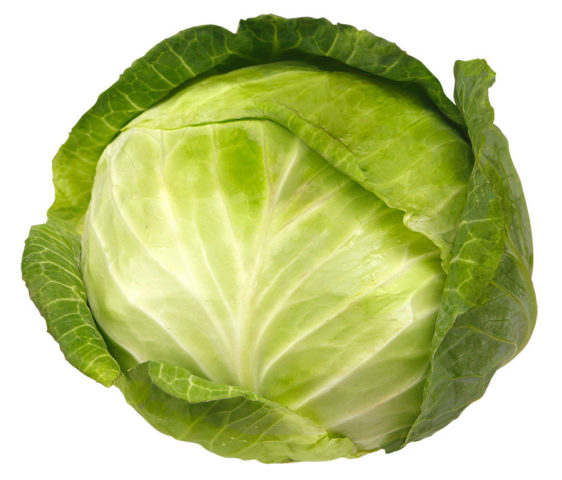 The vegetable provides protection against infections and viruses due to its high concentration of vitamin C
The vegetable provides protection against infections and viruses due to its high concentration of vitamin C - Lentils... The use of legumes has been known since the Neolithic. Lysine is found in plant foods. They also include lentils, which include protein, potassium, phosphorus, calcium, B vitamins, fatty acids. It is a source of boron, copper, iron in the body. Legume culture strengthens bone tissue, improves the functioning of the reproductive and nervous systems.Regular consumption contributes to the normalization of the digestive system.
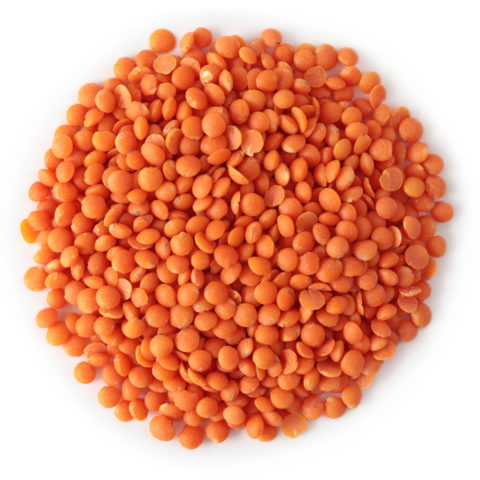 Lentils can replace cereals and bread, as well as some types of meat
Lentils can replace cereals and bread, as well as some types of meat
Low lysine foods
The amino acid is found in plant and animal sources. Some foods contain more lysine. Corn and wheat are poor in substance. When the grain is milled, lysine is destroyed. In this connection, refined foods and white flour include the substance in small quantities.
Limitations and contraindications
Lysine taken with food does not harm the body. Its excess is excreted in the urine. Reactions of individual intolerance, indigestion are usually caused by the intake of dietary supplements.
Conclusion
The amino acid lysine in foods is absorbed by the body with sufficient levels of arginine and ascorbic acid. The substance contributes to the adequate functioning of various systems. Most of all lysine is found in meat products, dairy products, legumes. Its deficiency is dangerous with the development of unpleasant consequences.

